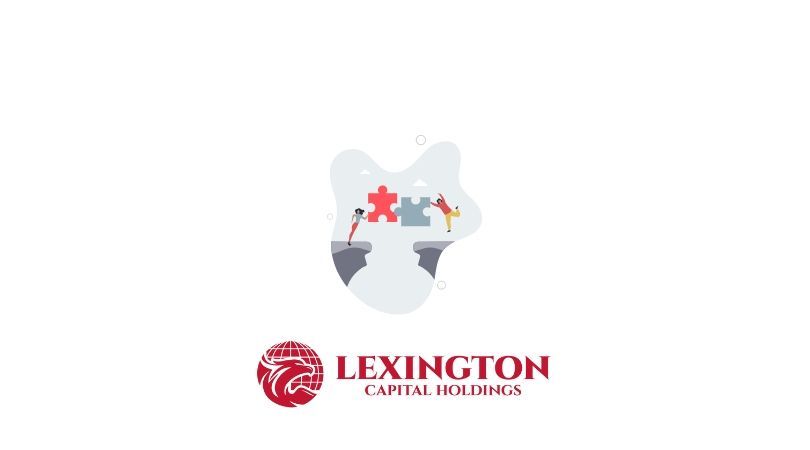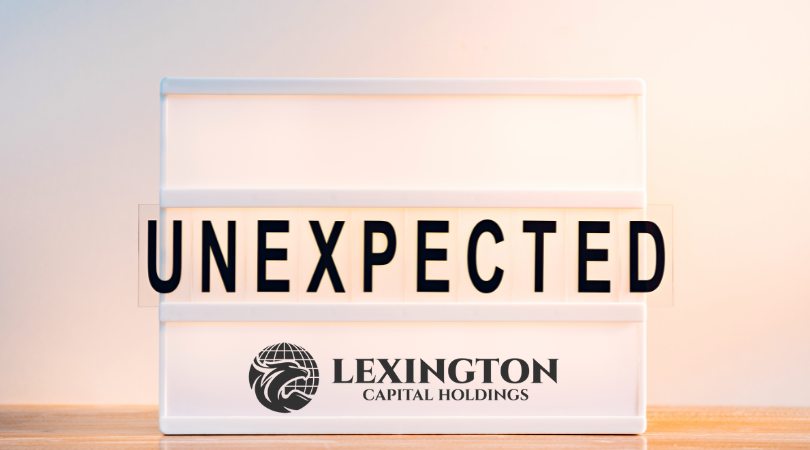The Future of Financing: Trend Predictions in Alternative Lending for 2024
The Future of Financing: Trend Predictions in Alternative Lending for 2024

In the dynamic landscape of finance, alternative lending has proven to be a catalyst for innovation and change. As we approach 2024, it's crucial for businesses to anticipate and adapt to emerging trends in the alternative lending space. Here's a glimpse into what the future might hold and how these trends could reshape the financing landscape for businesses.
1. Blockchain Revolutionizing Loan Transactions
Blockchain technology continues to gain traction, and its impact on alternative lending is set to redefine the way transactions occur. The decentralized and transparent nature of blockchain can streamline the loan approval process, enhance security, and reduce fraud. Smart contracts, enabled by blockchain, have the potential to automate and expedite various aspects of lending, making the entire process more efficient.
2. AI-Driven Credit Scoring for Precise Risk Assessment
Artificial Intelligence (AI) is poised to revolutionize credit scoring, allowing lenders to assess risk with unprecedented precision. Machine learning algorithms can analyze vast amounts of data to evaluate a borrower's creditworthiness, taking into account a broader range of factors. This shift towards more accurate risk assessment can open up opportunities for businesses with non-traditional credit profiles, fostering inclusivity in the lending landscape.
3. Personalized Financing Solutions Through Big Data Analytics
Big Data analytics will play a pivotal role in tailoring financing solutions to the unique needs of businesses. By harnessing the power of data, alternative lenders can gain deeper insights into a company's financial health, industry trends, and market dynamics. This data-driven approach enables lenders to offer more personalized and flexible financing options, empowering businesses to secure funding that aligns precisely with their requirements.
4. Rise of ESG (Environmental, Social, Governance) Financing
With a growing focus on sustainability and social responsibility, the alternative lending space is expected to witness a surge in ESG financing options. Businesses committed to environmentally friendly and socially responsible practices will likely find more tailored financing solutions. Lenders may incorporate ESG metrics into their evaluation criteria, encouraging businesses to align their operations with broader sustainability goals.
5. Collaborations Between Traditional Banks and Alternative Lenders
A trend that could reshape the financing landscape is increased collaboration between traditional banks and alternative lenders. Recognizing the strengths of both models, partnerships may emerge to combine the stability and resources of traditional banks with the innovation and agility of alternative lenders. Such collaborations could create hybrid financing solutions that cater to a broader spectrum of businesses.
Conclusion
As we step into 2024, the alternative lending industry is poised for transformative changes driven by technological advancements, data analytics, and shifting socio-economic priorities. Businesses that stay abreast of these emerging trends will be better positioned to navigate the evolving financing landscape. Embracing innovation and adopting flexible strategies will not only facilitate easier access to funding but also empower businesses to thrive in an ever-changing financial ecosystem. The future of financing is dynamic, and those who embrace these trends will be at the forefront of a new era in business funding.

When you apply for business funding, your application goes through a critical stage—underwriting. This is where lenders evaluate risk and determine whether your business qualifies for financing, and under what terms. Understanding what underwriters look for can help you strengthen your application, avoid delays, and increase your approval odds.

Not every business enjoys a steady stream of income. For many companies—especially those in seasonal industries, contracting, or project-based work—revenue can shift dramatically from month to month. These ups and downs are normal, but they can make managing cash flow, payroll, and operating expenses challenging. At Lexington Capital Holdings, we understand that fluctuating revenue doesn’t mean instability—it just means you need the right financial tools to stay balanced and grow confidently.

The Challenge of Hyper-Growth For many startups, growth isn’t the problem—it’s managing it. Rapid scaling demands capital for hiring, marketing, technology, and operations. But too often, founders find themselves cash-strapped right when they need resources the most. Choosing the right financing strategy can be the difference between sustainable growth and burning out too soon.

When it comes to business financing, the terms you secure are just as important as the funding itself. Lower interest rates, flexible repayment schedules, and higher approval amounts can mean the difference between simply surviving and setting your business up to thrive. The good news? Business owners often have more negotiating power than they realize. At Lexington Capital Holdings, we’ve seen firsthand how preparation and strategy can help secure stronger terms. Here’s how you can do the same:

For many businesses, waiting on customer payments can feel like standing still when you’re ready to move forward. Delayed invoices, extended payment terms, or slow collections create cash flow gaps that make it harder to cover expenses, pay employees, or seize new opportunities. The truth is—even successful, profitable companies face this challenge. The key isn’t avoiding it, but managing it strategically with the right funding solutions

Securing business funding is a milestone—but the real impact comes from how you put that capital to work. Every dollar borrowed should fuel momentum, strengthen operations, and generate measurable returns. Unfortunately, too many businesses stop at “getting approved” and miss the chance to maximize their return on investment (ROI). At Lexington Capital Holdings, we believe funding isn’t just about access to capital—it’s about creating opportunity. Here’s how to ensure your financing delivers the highest ROI:

In today’s fast-paced business environment, standing out from the competition requires more than just great products and services—it takes strategy, timing, and smart financial decisions. One of the most overlooked tools in building and maintaining a competitive advantage is business financing. When leveraged correctly, financing doesn’t just help you “get by”; it can actually position your business to outpace competitors and capture new opportunities.

In business, surprises aren’t a matter of if—they’re a matter of when. Whether it’s a sudden equipment breakdown, an unexpected dip in sales, or a market shift that requires quick adaptation, unforeseen expenses can test even the most successful companies. The difference between thriving and struggling often comes down to how well you’ve prepared.

When most business owners hear the word debt, it sparks feelings of stress or risk. But here’s the truth—debt isn’t always a bad thing. In fact, when managed strategically, debt can become one of the most powerful tools to grow, stabilize, and scale your business. At Lexington Capital Holdings, we work with business owners every day who are navigating this very question: Is taking on debt the right move for me? Let’s break down the difference between “good” and “bad” debt so you can make informed financial decisions.

In today’s business world, financing options are everywhere—but choosing the right path can feel overwhelming. From traditional bank loans to alternative lending solutions, the fine print and fast-changing requirements often leave business owners spending more time deciphering funding terms than actually running their businesses. That’s where the value of a dedicated funding advisor truly shines. At Lexington Capital Holdings, we’ve seen firsthand how personalized guidance can transform the funding experience for business owners of all sizes.

